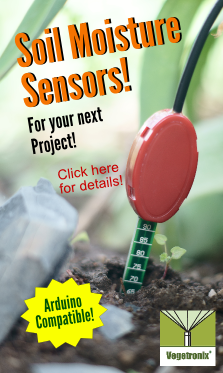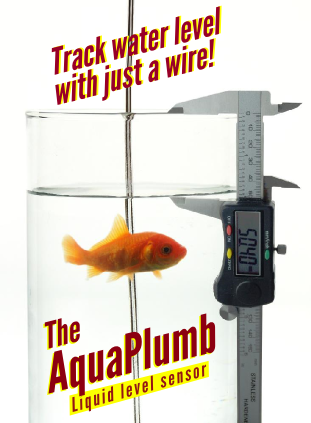How to to Measure Mutual Inductance
Mutual inductance is a mysterious quantity that we learn about when we study transformer models, but how to measure it is rarely discussed in the literature.
It's common knowledge that inductance adds in series. For example, if inductor A is 2uH and inductor B is 3uH, if you connect them in series, then the total inductance is 5uH.
LT= L1+L2, (separate inductors)
Now a transformer with two coils can be thought of as two inductors, however, when you connect the two coils of a transformer in series, something strange happens; you get an inductance greater than the inductance of the sum of the inductances! This extra inductance is due to coupling between the coils and is called the mutual inductance. The formula for the series inductance in a 2 coil transformer is:
LT= L1+L2+2M, (Transformer)
This presents us with a simple way to measure the mutual inductance. We can measure the inductance of each coil separately with the other coil left open. Then measure the inductance of the coils in series, and then using the following formula calculate the mutual inductance:
M= (LT-(L1+L2))/2
The only question that remains is how do we measure inductance for a common inductor. It's a simple task if you have a function generator, and a precision capacitor. Place the cap and inductor in parallel to form an LC tank, and then put the tank in series with a resistor. Nearly any value of resistor greater than 100 ohms will work. Then sweep the circuit with a function generator, and place a scope probe across the tank. At resonance, the voltage will peak. Since you know the resonant frequency, and the C of the tank, you can calculate the missing inductance parameter.
L= 1/(C*(2*PI*f)^2)
Using Step Response to Measure Mutual Inductance
This is the easies measurement to make, but requires some complex math. We'll go through the math first. Let's write the voltage loop equations for each of the two coils of a transformer in the time domain:
V1= R1i1+L1(di1/dt) + M(di2/dt), and
V2= R2i2+L2(di2/dt) + M(di1/dt)
If the second coil is open and at t=0 we apply a voltage a step voltage, then i2= 0, and
V1= R1i1+L1(di1/dt) , and
V2= M(di1/dt)
With calculus we can solve for i1 by integrating and we get a decaying exponential curve as follows:
i1 = V1/R1(1-exp(-t*R1/L1))
It follows that:
V2= M*V1/L1*exp(-t*R1/L1)
At t=0 we get:
V2= M*V1/L1 and,
M= V2L1/V1
This gives us an extremely easy way of computing the mutual inductance. Merely, hook the inductor to a battery of voltage V1 and switch in series, and put a scope on the output of the secondary. Flip the switch so current flows, and measure the peak voltage at t=0, on the scope. Using the equation, above the mutual inductance is easily calculated.

